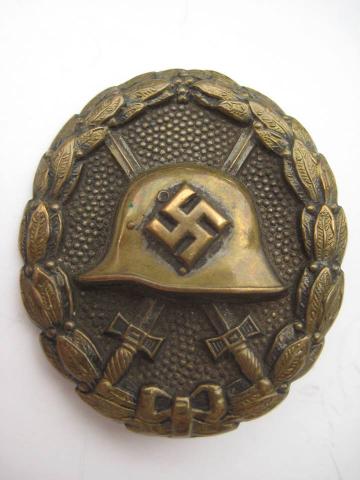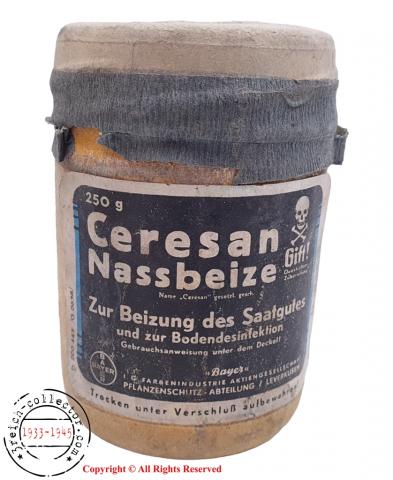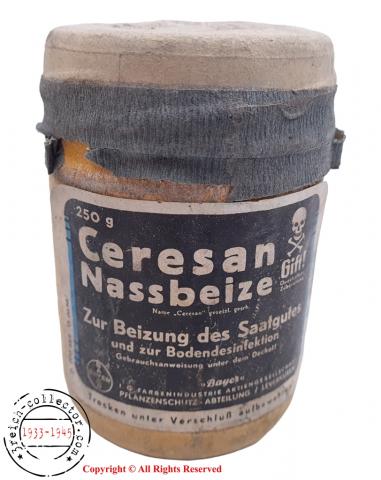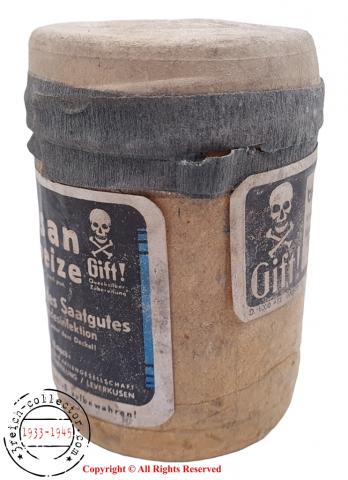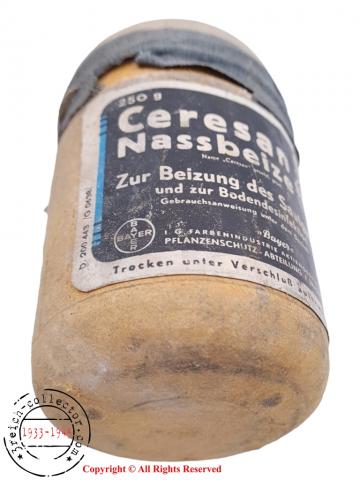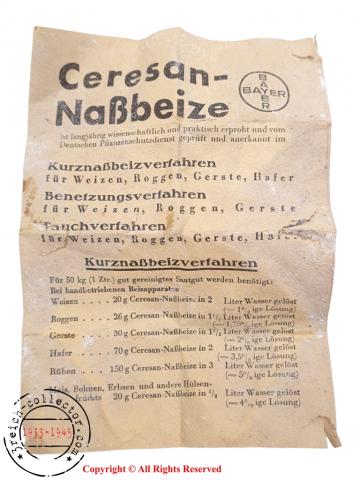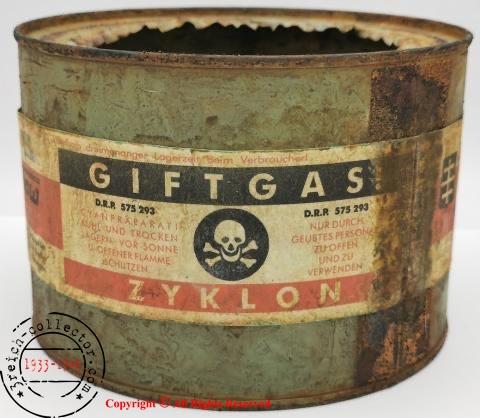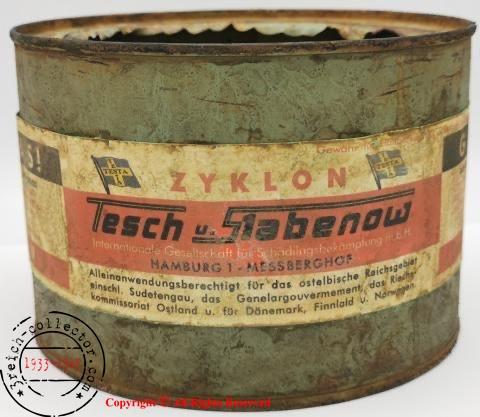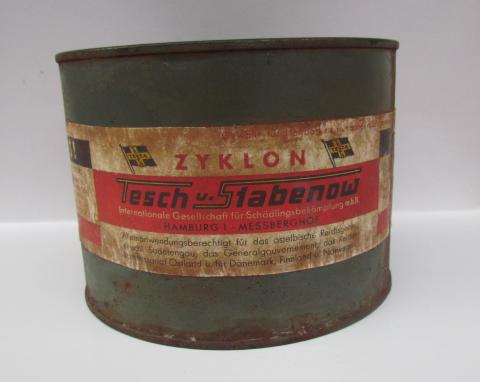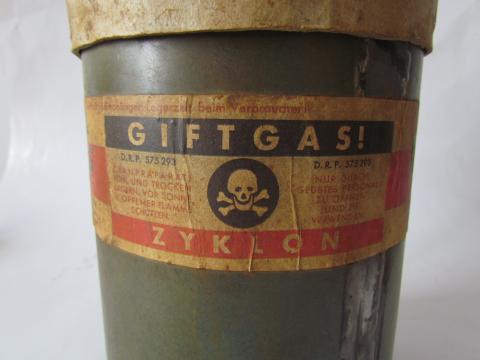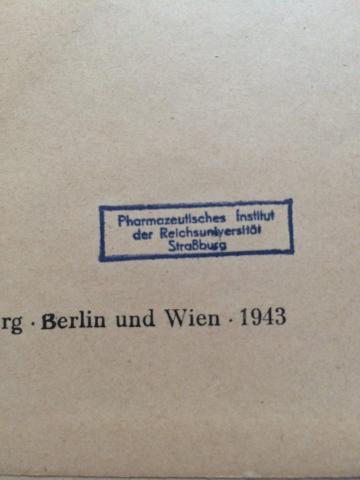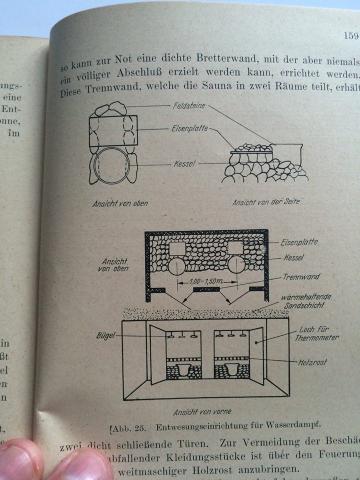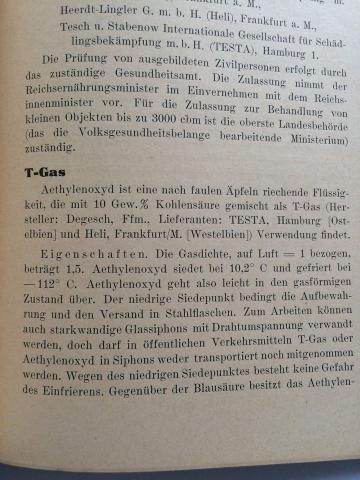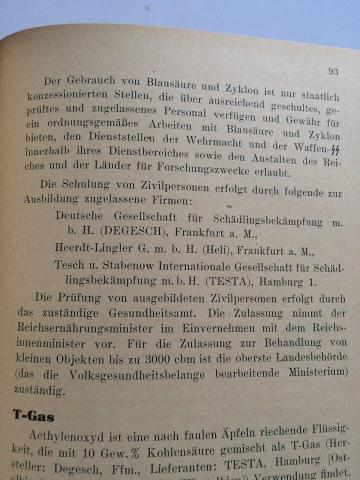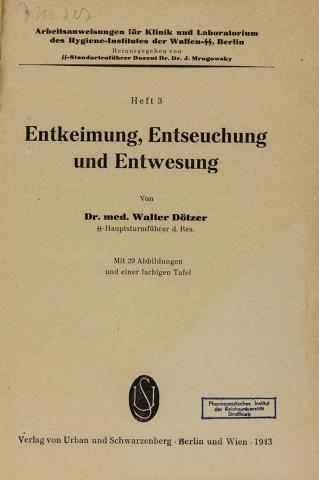We will jointly agree on the remaining payments as it will be easier for you to repay.
Zyklon B canister
Zyklon B (German pronunciation: [tsykloːn ˈbeː]; /ˈzʌɪklɒn ˈbiː/) was the trade name of a cyanide-based pesticide invented in Germany in the early 1920s. It consisted of hydrogen cyanide (prussic acid), a warning eye irritant, and one of several adsorbents such as diatomaceous earth. The product is infamous for its use by Nazi Germany during the Holocaust to murder a million people in gas chambers installed at Auschwitz-Birkenau, Majdanek, and other extermination camps. Hydrogen cyanide, a poisonous gas that interferes with cellular respiration, was first used as a pesticide in California in the 1880s.
Research at Degesch of Germany led to the development of Zyklon A, a pesticide which released hydrogen cyanide upon exposure to water and heat. It was banned after a similar product was used by Germany as a chemical weapon in World War I. In 1922, Degesch was purchased by Degussa, where a team of chemists that included Walter Heerdt and Bruno Tesch developed a method of packaging hydrogen cyanide in sealed canisters along with a warning irritant and adsorbent stabilizers.
The new product was also named Zyklon, but it became known as Zyklon B to distinguish it from the earlier version. Uses included delousing clothing and disinfecting ships, warehouses, and trains. In early 1942, Zyklon B emerged as the preferred killing tool of Nazi Germany for use in extermination camps during the Holocaust. The chemical claimed the lives of roughly a million people, most of whom died at Auschwitz. One of the co-inventors of Zyklon B, chemist and businessman Bruno Tesch, was executed in 1946 for knowingly selling the product to the SS for use on humans. Although the use of hydrogen cyanide has been banned or severely restricted in many countries, products similar to Zyklon B are still manufactured by Detia-Degesch (successor to Degesch) and by Adezin, a Czech firm.



